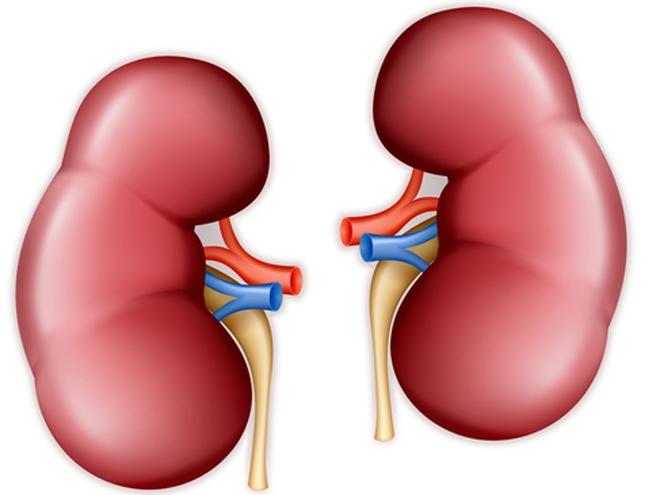
Older adults often use non-steroidal anti-inflammatory drugs (NSAIDs). Careful patient selection may aid in avoiding adverse effects associated with NSAID use. Cynthia Ciwei Lim, MD, and colleagues conducted a retrospective cohort study to examine the incidence of acute kidney injury (AKI) and/or hyperkalemia (primary outcome), as well as risk factors and the accuracy of an NSAID risk prediction model in a cohort of Asian older adults. Results were reported online in Drugs & Aging [doi.org.10.1007/s40266-021-00907-w].
Eligible participants were ≥65 years of age who received prescriptions for NSAIDs between March 2015 and December 2017 from the largest cluster of public healthcare institutions in Singapore. Multivariable regression analysis was used to assess the factors associated with 30-day incident AKI and/or hyperkalemia. The Hosmer-Lemeshow goodness-of-fit test and C-statistic were used to assess calibration and discrimination of the Nash prediction model, respectively.
Of the 12,798 participants, 16.7% experienced AKI and/or hyperkalemia. There were independent associations between the primary outcome and topical NSAIDS (adjusted odds ratio [aOR], 1.29; 95% confidence interval [CI], 1.15-1.45), systemic NSAIDs of 1-14 days duration (aOR, 1.43; 95% CI, 1.27-1.62)m and systemic NSAIDs >14 days (aOR, 1.84; 95% CI, 1.37-2.49), compared with no NSAID use. There were also independent associations between increased incident AKI and/or hyperkalemia and diabetes mellitus, cardiovascular disease, lower estimated glomerular filtration rate, and diuretics.
When applied to older adults with systemic NSAIDs >14 days (n=305), the Nash risk model had poor calibration (P<.001) and poor discrimination with C-statistic 0.527.
In conclusion, the researchers said, “Longer NSAID duration and systemic compared with topical route were associated with incremental odds for acute renal events. Further studies are required to improve the available risk model to guide NSAID prescriptions in older adults.”







 © 2025 Mashup Media, LLC, a Formedics Property. All Rights Reserved.
© 2025 Mashup Media, LLC, a Formedics Property. All Rights Reserved.